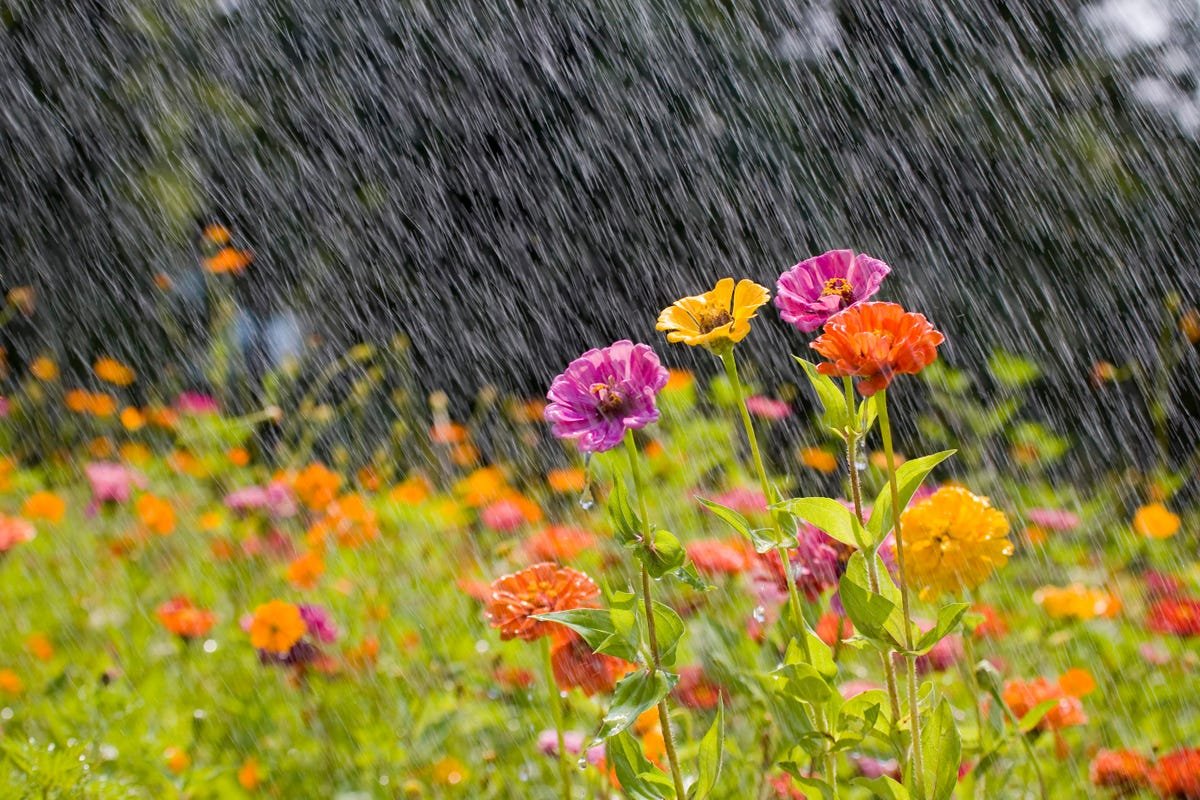Rain isn’t just a refreshing drink for plants – it can be a local water source people
We tend to think of clouds and rain the way Joni Mitchell described them in her classic song, “Both Sides Now” in which she sees clouds as either something of beauty or as a problematic source of inconvenient weather. As Joni put the latter: “so many things I would have done, but clouds got in my way.” But there is a potential “third side” view of clouds and rain – as a source of fresh water. There is an Austin-based company Called Richard’s Rainwater that is building a business of turning rain into a clean, local, low carbon, renewable source for premium bottled drinking water.
The vision and initial funding for this venture came from Richard Heinichen who started collecting rainwater from his own roof in 1994. By 1998 he was providing water for his neighbors through an entity called Tank Town. He worked out the technical and regulatory issues in order to receive the first national FDA/EPA approval for the use of newly captured rainwater as bottled water in 2002. Since then the company has completed a successful series A and launched the brand Richard’s Rainwater . Their first commercial installation was in Kiln, Mississippi and their second is in New Orleans.
Within the $18 Billion US bottled water sector there are many products marketed based on their source – particularly those that involve “spring water.” While a spring can be associated with aspects of purity, desirable mineral content or flavor, it may also involve a substantial transport footprint on the way to significant markets. Richard’s Rainwater envisions being able to establish at least 15 to 20 locations throughout the US where there is sufficient local rainfall to provide a consistent supply. There are additional regulations to navigate on a state-by-state basis, but substantial expansion is feasible.
The Faubourg Brewing Company in New Orleans is the second commercial installation for Richard’s … [+] Rainwater
An additional advantage of the Richard’s Rainwater approach is that the infrastructure already exists on the roofs of buildings to capture the rain. Each 1000 square feet of roof can provide 550 gallons per inch of rainfall. Because of the natural site-based fit, Richard’s Rainwater is partnering with craft breweries, capturing the rain that falls on their roofs and then holding it in on-site tanks. Before putting water into their tanks, their system is automated to allow the first two tenths of an inch of rain run into the normal storm drain system and then stores the rest in large tanks. The rainwater itself is very clean, particularly now that clean air standards are widely enforced. For instance today there isn’t the “acid rain” that used to come from sulfur emissions from coal-fired power plants.
Storage tanks for rainwater collected at the Faubourg site in New Orleans
In urban or suburban areas there also shouldn’t be the ammonia that can come from animal feeding facilities. The next step is basic filtration, and that is followed by sterilization of the water using ozone. That is a zero residue option and eliminates the need for the chlorine needed to decontaminate most municipal water supplies. Richard’s Rainwater is finally packaged in either aluminum cans or glass bottles to avoid the many issues associated with single use plastic bottles. They produce both “still” and “sparkling” versions.
Richard’s Rainfall Product Packaging
Richard’s Rainwater is now being sold at Whole Foods, AGB, Kroger






